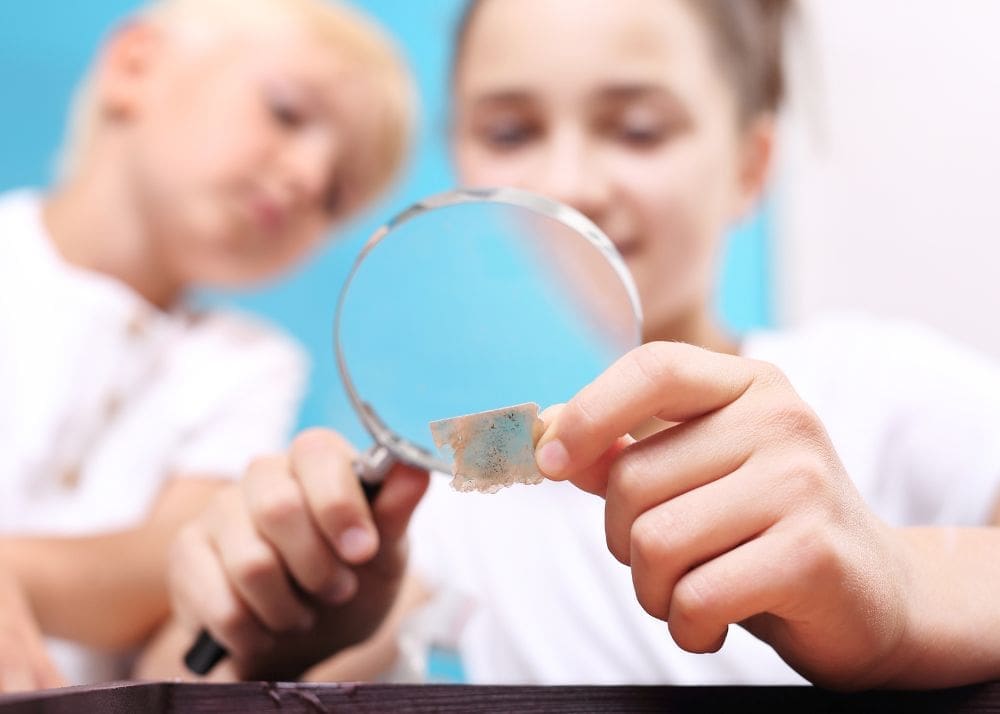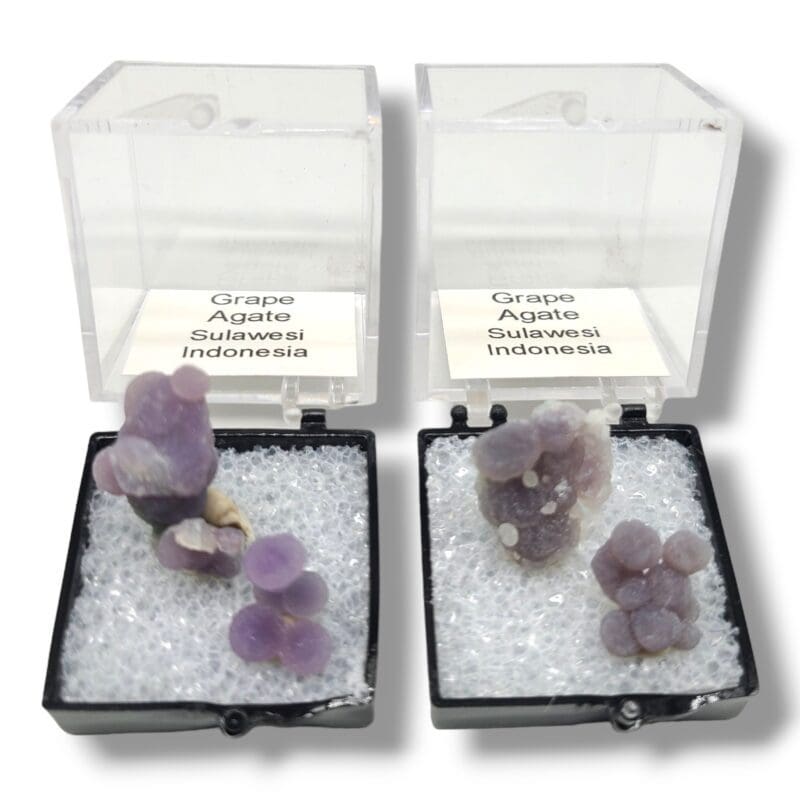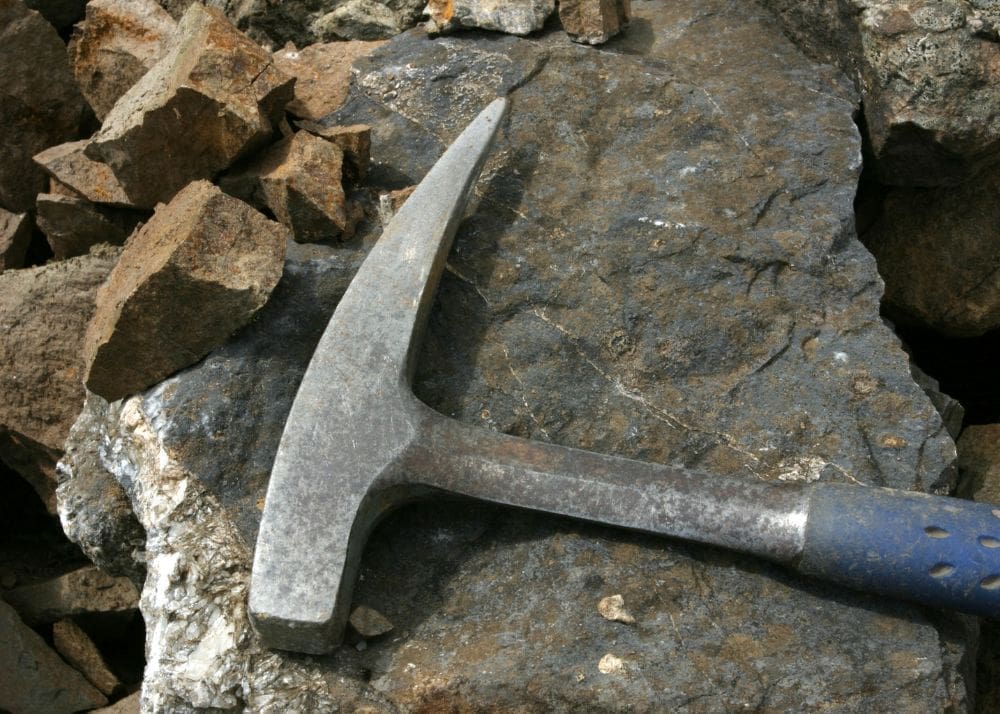Discovering the World of Minerals
Minerals, the silent storytellers of the Earth’s history, intrigue us with their varied forms and colors. As nature’s own pieces of art, every mineral holds a secret to its origin and composition. The hobby of mineral identification not only connects us to the Earth but also adds educational value and excitement to our everyday lives.
Where to Begin with Mineral Identification
The journey of mineral identification often starts with a question: What is this curious stone? Each U.S. state provides resources for eager minds to find answers. State bureaus, geologic surveys, and university geology departments offer a starting point for identification services, often at no cost to the inquirer.
The Journey of a Mineral Sample
A sample’s path to identification is a methodical one. From the initial inspection to professional analysis, each step brings you closer to unraveling its identity. The following table lays out a streamlined process for identifying a mineral:
| Step | Action | Description |
|---|---|---|
| 1 | Observation | Examine the mineral’s color, shape, and size. |
| 2 | Hardness Test | Use the Mohs scale to scratch the mineral with a known reference object. |
| 3 | Streak Test | Rub the mineral on an unglazed porcelain tile to observe the color of its streak. |
| 4 | Luster Observation | Look at the mineral in light to see if it’s metallic, glassy, dull, etc. |
| 5 | Density Calculation | Weigh the mineral and calculate its density. |
| 6 | Cleavage and Fracture Examination | Observe how the mineral breaks to determine its cleavage or fracture pattern. |
| 7 | Contact State Bureau | Reach out to your state’s geological survey or department for assistance. |
| 8 | Send Sample for Analysis | If necessary, send the mineral sample to the appropriate agency for professional identification. |
This table serves as a guide for beginners and enthusiasts alike to understand the basics of mineral identification.
Tapping into State Expertise for Mineral Identification
If you’re uncertain about your findings, state experts are there to help. For instance, radioactive minerals such as uranium and thorium should be handled with care and can be examined by specialists at places like the U.S. Geological Survey’s Geochemistry and Petrology Branch.
How to Send Your Mineral Samples for Free Examination
When you’re ready to send your mineral for examination, start by contacting the relevant agency via mail or email. It’s important to remember that some agencies, especially in Canada, may not forward packages, so do check with them first regarding their policies.
Unearthing the Value of Mineral Identification
Every discovery adds a piece to the puzzle of our planet’s geology. Whether for personal satisfaction, academic purposes, or the sheer joy of collecting, mineral identification is a doorway to deeper Earth connection. Through it, we not only gain knowledge but also develop an appreciation for the natural resources beneath our feet.
FAQ
Here are 10 FAQs that can provide a quick overview and address common queries related to the article on mineral identification:
- What is mineral identification? Mineral identification is the process of determining the types of minerals present in a rock or specimen based on their physical and chemical characteristics.
- Why is it important to identify minerals? Identifying minerals helps us understand the composition of rocks, informs mining and extraction processes, and can be a fascinating educational hobby.
- Can I identify minerals at home? Yes, there are basic tests you can perform at home, such as the streak test, hardness test, and observation of luster, to help identify minerals.
- Do I need special tools for mineral identification? Some basic tools like a streak plate, a hardness kit, and a magnifying glass can be very helpful, but many characteristics can be observed with the naked eye.
- What is the first step in identifying a mineral? The first step is observation, where you note the mineral’s color, shape, size, and overall appearance.
- How can I test a mineral’s hardness? You can perform a scratch test using the Mohs scale, which involves scratching the mineral with objects of known hardness to determine its relative hardness.
- What should I do if I find a mineral that I can’t identify? You can contact a local state bureau or geology department for assistance, or send a sample to a professional laboratory if necessary.
- Is there a cost to have a mineral identified by a state agency? Many state agencies provide mineral identification services for free or a minimal charge. It’s best to contact them directly for specific information.
- How do I prepare a mineral sample for sending to an agency? Carefully package your mineral sample and include a note with your contact information and any observations you’ve made about the mineral.
- Are there resources available to help with mineral identification? Yes, there are numerous resources available, including guidebooks, online databases, and educational videos that can assist with mineral identification.



